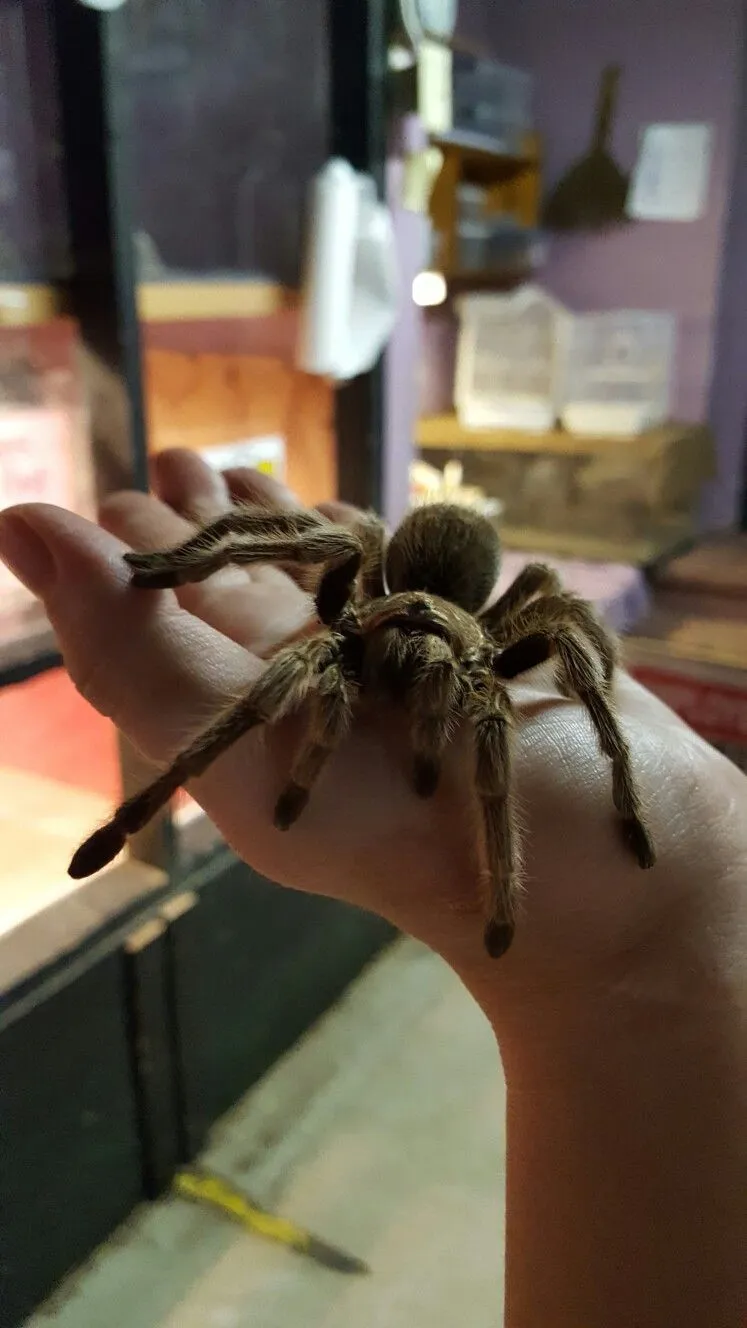Keeping your rose hair tarantula healthy and thriving means more than just providing food and water. One of the most critical factors in their well-being is maintaining the correct tank temperature. As ectothermic creatures, rose hair tarantulas rely on their environment to regulate their body temperature. A properly heated enclosure is essential for their metabolism, molting process, and overall health. This guide delves into the key aspects of rose hair tarantula tank temperature, ensuring you can provide the optimal conditions for your pet to flourish. Let’s explore the top 5 essential aspects of managing your tarantula’s environment to ensure they remain happy and healthy for years to come. Understanding these factors will significantly increase your chances of successful tarantula keeping.
Rose Hair Tarantula Tank Temperature Understanding
The ideal temperature range for a rose hair tarantula is crucial for their health and well-being. Unlike mammals, tarantulas cannot regulate their internal body temperature. They depend on the external environment to control their body heat. This means that providing the correct temperature gradient within their enclosure is essential. This understanding forms the basis of a healthy habitat, influencing all other aspects of their care. Providing an optimal temperature creates a thriving environment for your pet. This section goes on to discuss the specifics of ideal temperatures and their impacts.
Ideal Tank Temperature Range
Generally, the ideal temperature range for a rose hair tarantula tank is between 75°F to 80°F (24°C to 27°C). A slight temperature variation within this range is acceptable and even beneficial. This gradient allows the tarantula to move to different areas of the enclosure to regulate its body temperature. The temperature should not drop below 70°F (21°C) or exceed 85°F (29°C) for extended periods, as this can lead to health problems. Monitoring the temperature daily is essential, and adjusting the heating methods as needed to maintain this optimal range will help ensure your tarantula’s comfort and health. Always prioritize a consistent and stable thermal environment. Make sure the temperature is measured in multiple areas of the enclosure.
Impact of Temperature on Tarantula Health
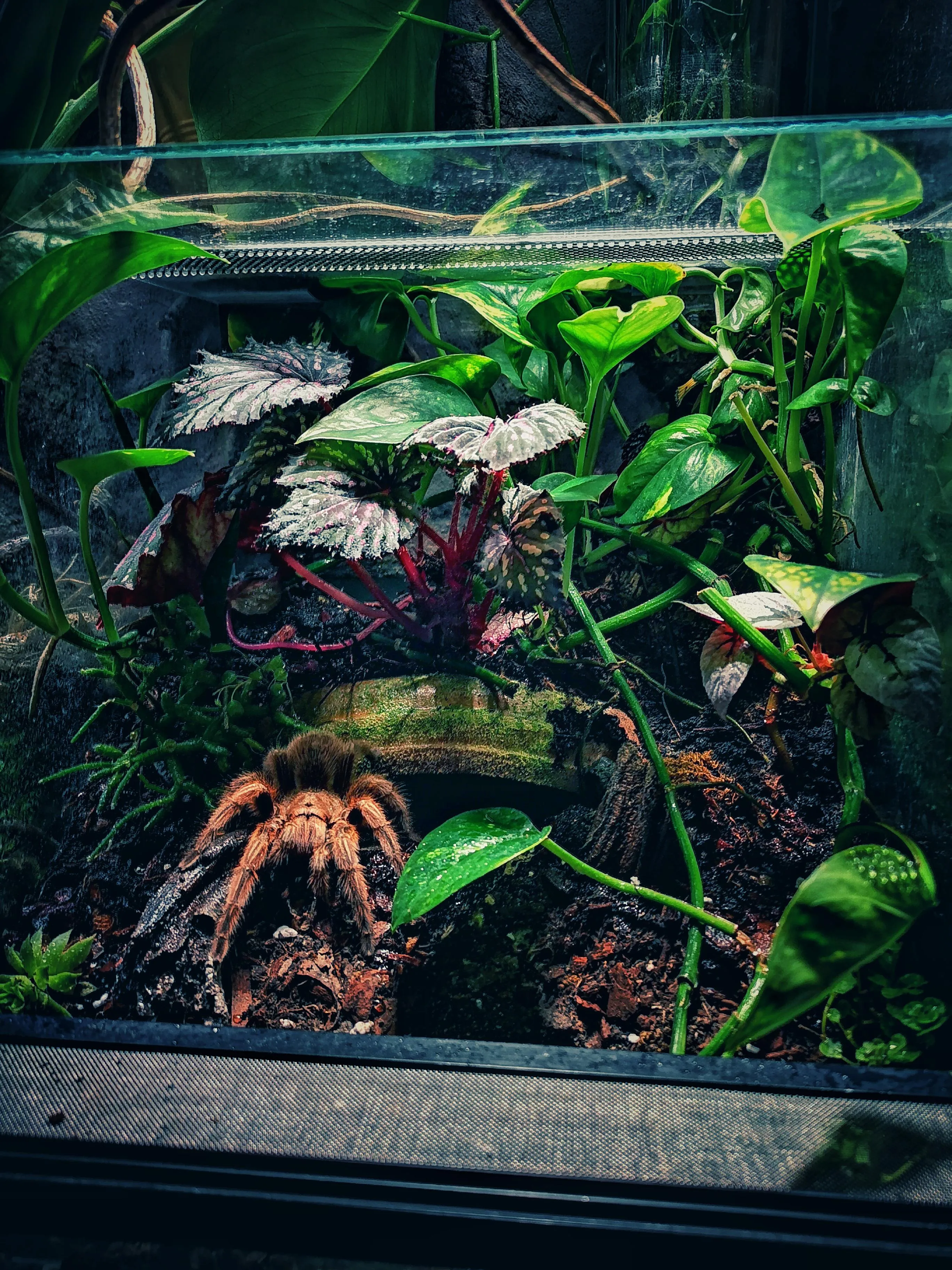
Temperature directly affects a rose hair tarantula’s metabolism, activity level, and molting process. In the ideal temperature range, your tarantula will be active, eat regularly, and molt successfully. If the temperature is too low, the tarantula’s metabolism slows down, leading to decreased appetite, lethargy, and a prolonged molting cycle. On the other hand, if the temperature is too high, it can stress the tarantula, potentially leading to dehydration or even death. Maintaining the correct temperature promotes proper digestion and the absorption of nutrients. A stable temperature is therefore key to a happy and healthy tarantula. Always be aware of the signs of stress which is discussed later.
Heating Methods for Rose Hair Tarantulas
Several heating methods can be employed to maintain the correct temperature in a rose hair tarantula’s enclosure. The choice of method depends on various factors, including your budget, the size of the enclosure, and your environmental conditions. Proper heating equipment is a must-have for successfully keeping your tarantula. Here are some of the most common and effective options, along with their pros and cons.
Heat Mats
Heat mats are a popular choice for tarantula enclosures. They are placed on the side or the back of the enclosure to provide a gentle, consistent heat source. When placed on the side or back of the enclosure, heat mats can create a warm spot, allowing the tarantula to thermoregulate by moving closer or further away. Always use a thermostat with a heat mat to prevent overheating, which can be dangerous. Heat mats are usually energy-efficient and relatively inexpensive, making them a good option for many keepers. Make sure that the mat is of the correct wattage for the size of the enclosure to avoid any issues.
Heat Lamps
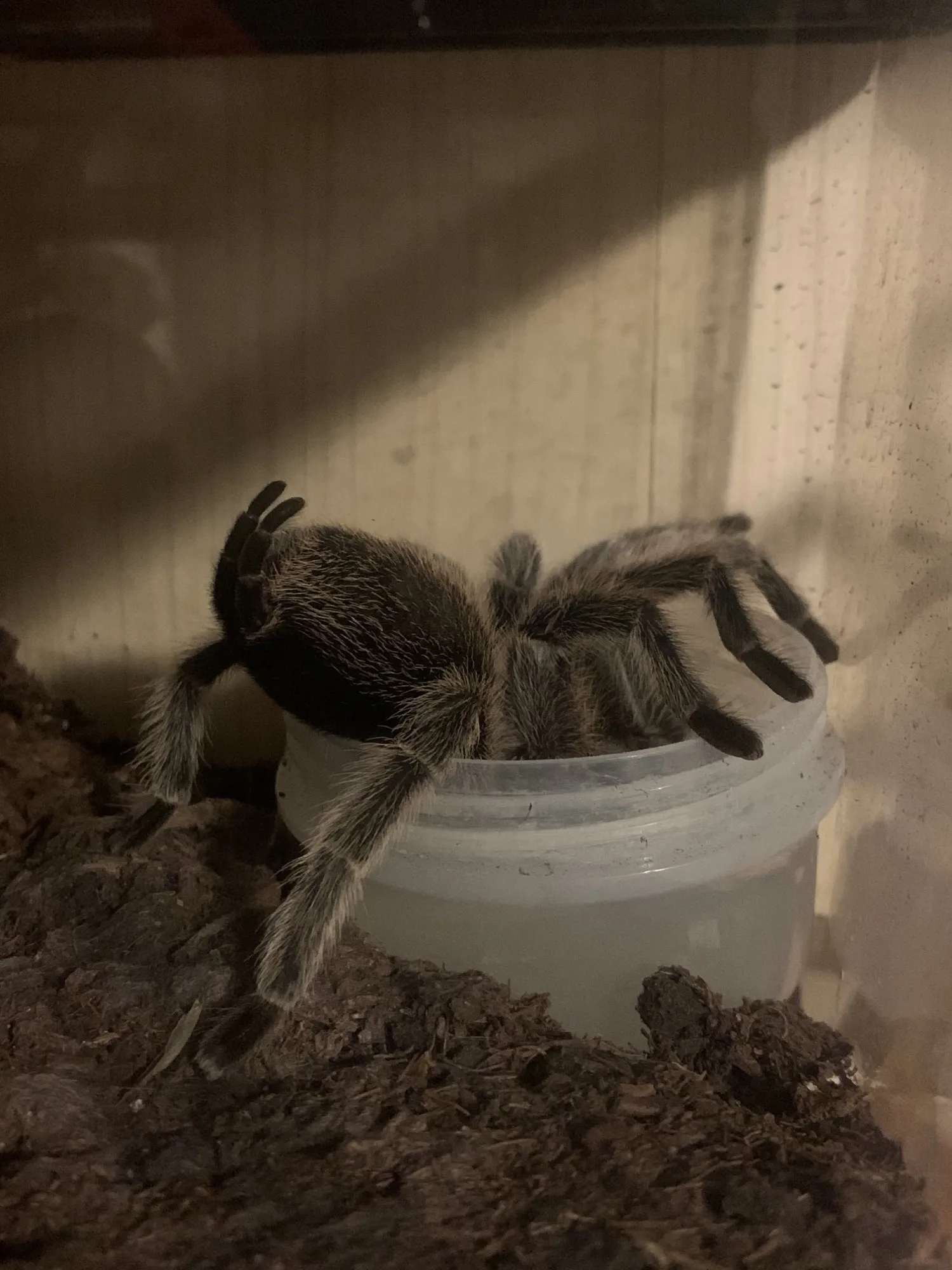
Heat lamps can be used to provide a localized heat source. These lamps are typically positioned above the enclosure. These are particularly useful in larger enclosures or in cooler environments. However, heat lamps can dry out the enclosure quickly, so careful monitoring of humidity levels is crucial. Always use a lamp designed for reptile or amphibian use. Ensure the lamp has a protective guard to prevent your tarantula from coming into direct contact with the hot bulb. It is also critical to monitor the temperature very carefully to prevent the enclosure from becoming too hot.
Ceramic Heat Emitters
Ceramic heat emitters (CHEs) are another effective option for providing heat. These emit infrared heat, which penetrates the substrate and warms the enclosure without producing light. CHEs are useful for nighttime heating, maintaining a consistent temperature without disturbing the tarantula’s natural sleep cycle. Like heat mats and lamps, CHEs should always be used with a thermostat to prevent overheating. CHEs offer a long-lasting, energy-efficient heating solution suitable for all enclosure sizes. They are available in various wattages.
Temperature Monitoring and Regulation
Regular monitoring and precise regulation of temperature are essential for the well-being of your rose hair tarantula. Accurate temperature control is not just about providing heat, it is also about making sure the heat is consistent and that there is no risk of overheating. This section covers some important details on the tools and techniques used in temperature monitoring and regulation.
Using Thermometers and Thermostats
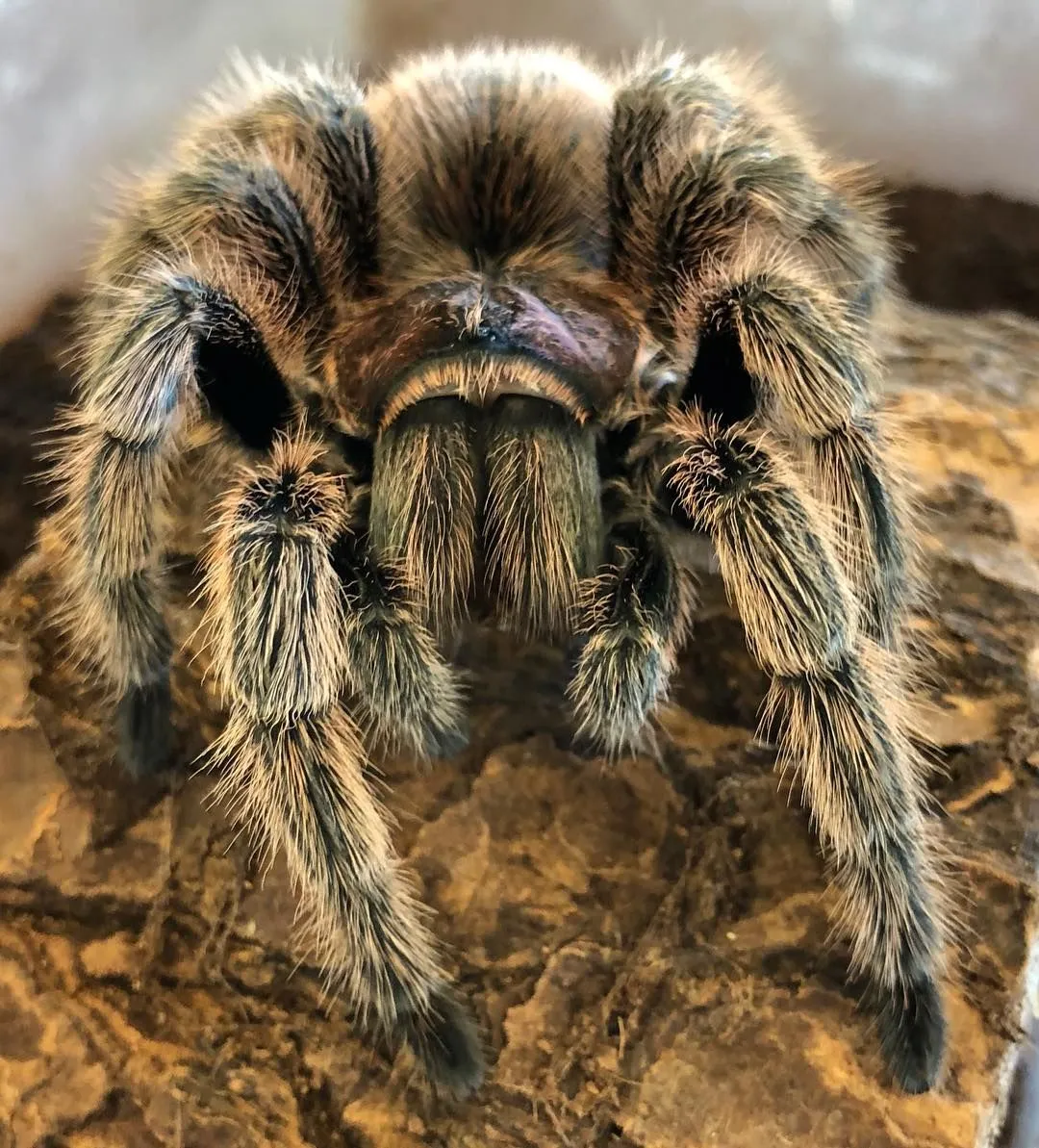
A reliable thermometer is essential for monitoring the temperature inside the enclosure. Digital thermometers with probes are the most accurate and provide an easy way to keep track of the temperature in different areas of the tank. A thermostat is a crucial piece of equipment that regulates the temperature. Connect your heating device (heat mat, lamp, or CHE) to a thermostat, which allows you to set a specific temperature range. If the temperature exceeds the set limit, the thermostat will automatically turn off the heating device. This prevents overheating and ensures a consistent thermal environment for your tarantula. Place the thermometer probe in a location that accurately reflects the overall enclosure temperature.
Preventing Overheating and Cold Stress
Overheating and cold stress can be detrimental to your tarantula’s health. To prevent overheating, never place a heat source directly inside the enclosure. Always use a thermostat and regularly check the temperature with a thermometer. Provide a temperature gradient so your tarantula can move to cooler areas if needed. To prevent cold stress, ensure the ambient room temperature does not fall below 70°F (21°C) and provide a consistent heat source, especially during colder months. Regular monitoring and proactive adjustments are key to preventing temperature-related issues. Keep the enclosure away from direct sunlight or drafts, which can cause rapid temperature fluctuations.
Humidity and Temperature Relationship
Temperature and humidity are closely linked in a tarantula’s enclosure. Maintaining the correct humidity levels is vital for a rose hair tarantula’s health, especially during molting. Understanding this relationship will help you provide an ideal living environment. The interaction between temperature and humidity affects how a tarantula breathes and how it sheds its exoskeleton, impacting its hydration levels, which are essential to the tarantula’s well-being. This section explains how to manage humidity levels, ensuring the correct climate for your pet.
Maintaining Proper Humidity Levels
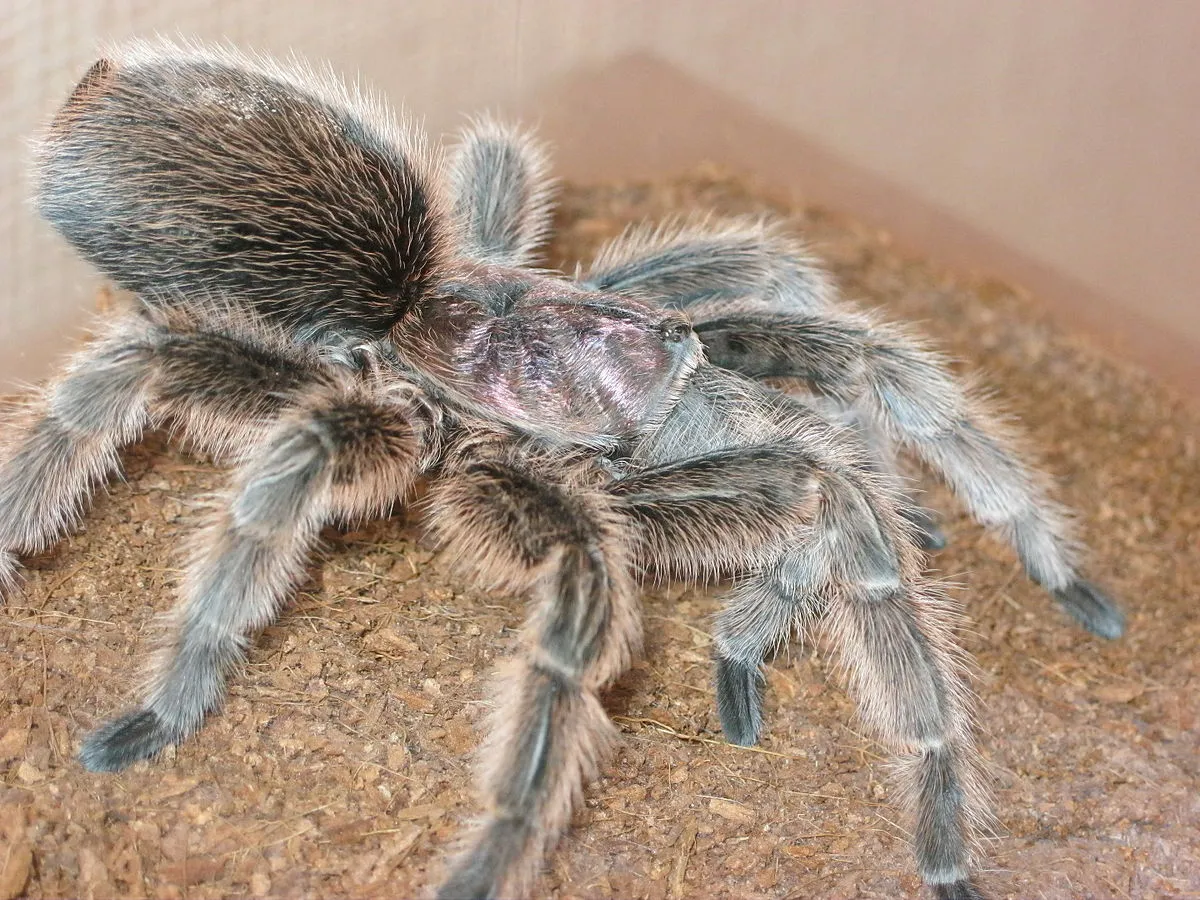
Rose hair tarantulas require a moderate humidity level, typically between 60% and 70%. The precise humidity level needed may vary depending on the individual tarantula and its molting cycle. Maintaining the correct humidity level can be achieved by lightly misting the enclosure with dechlorinated water a few times per week. Ensure that the substrate is slightly moist but not waterlogged. Provide a water dish with fresh water at all times. Avoid excessive misting, which can lead to mold growth or bacterial infections. Use a hygrometer to monitor the humidity levels regularly. Appropriate humidity levels facilitate successful molting and prevent dehydration. A healthy balance between temperature and humidity is crucial for the tarantula’s survival.
Signs of Temperature Problems
Being aware of the signs of temperature problems can help you quickly address any issues and protect your rose hair tarantula from harm. Changes in behavior or physical symptoms may indicate that the enclosure temperature is not optimal. Always be vigilant to detect any signs of discomfort. Regular observation is important. Watch for unusual activity or physical characteristics to avoid health problems. Early detection allows for prompt intervention and prevents any serious health issues. This section discusses behavioral and physical signs that could indicate that something is wrong.
Behavioral Changes
Changes in a tarantula’s behavior can be a sign of temperature-related stress. If the temperature is too low, the tarantula may become lethargic, sluggish, or lose its appetite. It may spend more time hiding or refuse to eat. If the temperature is too high, the tarantula might become restless, pace around the enclosure, or seek refuge in a corner. In extreme cases, it may become unresponsive. Any unusual behavior change warrants immediate investigation. Observe your tarantula closely and adjust the temperature accordingly to alleviate the stress. Proper temperature management will help stabilize the behavioral issues.
Physical Symptoms
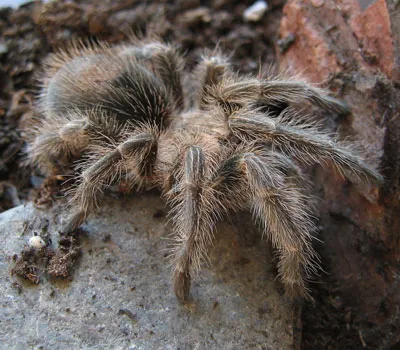
Physical symptoms can also indicate that the temperature is not ideal. For example, a tarantula that is too cold may appear to be trembling or have difficulty moving. Dehydration may be another sign of overheating, which can be recognized by a shrunken abdomen or wrinkled appearance. Conversely, if the enclosure is too humid and warm, the tarantula might develop fungal infections. These symptoms can be indicative of other health issues. If you observe these signs, check the temperature, humidity, and overall conditions inside the enclosure. Adjust accordingly and consult a veterinarian if the symptoms persist. Always seek professional advice if you’re concerned about your tarantula’s health. Regular observation is essential, and any unusual signs should be thoroughly investigated.
In conclusion, maintaining the correct tank temperature is fundamental to the well-being of your rose hair tarantula. By understanding the ideal temperature range, selecting the appropriate heating methods, and consistently monitoring temperature and humidity levels, you can ensure your tarantula thrives. Recognizing the signs of temperature-related problems and taking prompt action will also help keep your pet healthy and happy. With careful attention to these details, you can create an ideal living environment and enjoy many years with your fascinating rose hair tarantula.
